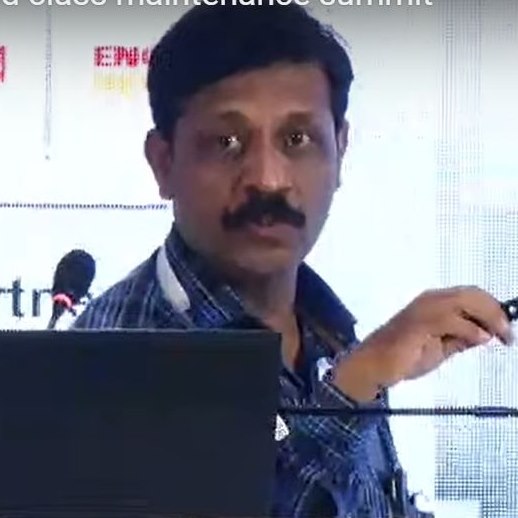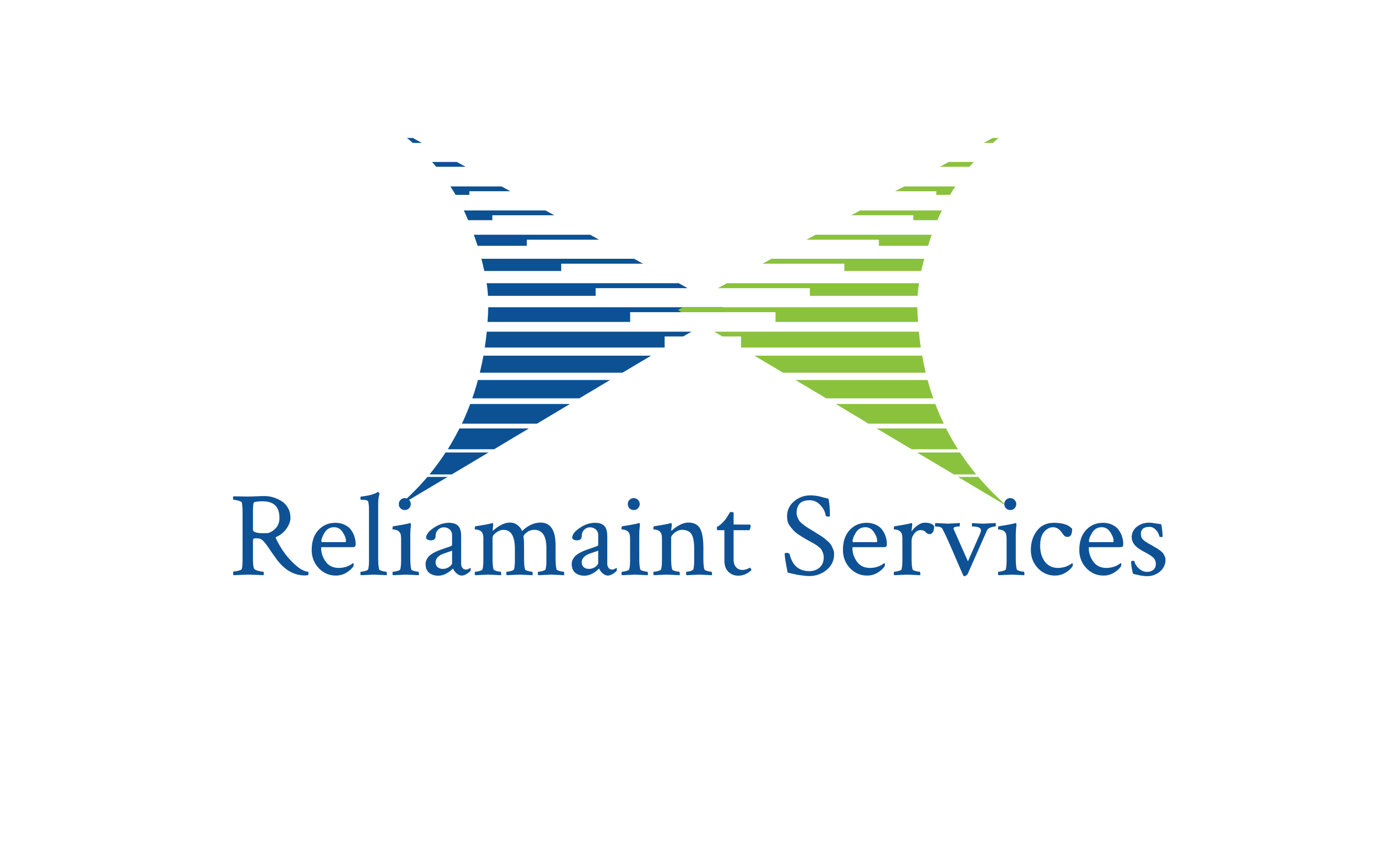Asset Reliability
Choosing the Right CMMS: Why Vendor Perspective Matters More Than You Think
- 11 May. 2025
- 11 min read
When selecting a Computerized Maintenance Management System (CMMS), most organizations look at features, pricing, and user interface. But one key aspect is often missed: the vendor’s understanding of maintenance itself. This shapes not only how the software works—but also how effective it is in real-world operations.
CMMS platforms are not neutral. They are built around a specific philosophy—what the vendor believes is important in a maintenance process. This belief system reflects in the data inputs they ask for, how workflows are designed, and how decisions are influenced by the system.
Understanding that you’re not just buying software—you’re buying a vendor’s interpretation of maintenance—can help avoid costly misalignments.
-
Input Design Reflects Philosophy
CMMS implementation begins with input. Some vendors prioritize financial visibility, focusing on repair costs, downtime value, and budget adherence. Others prioritize collaboration, emphasizing notifications, approvals, and team accountability. And some aim to simplify everything—offering bare-minimum input requirements.
While simplification aids quick setup, it often sacrifices process depth and data quality, ultimately limiting your ability to make smart, data-driven decisions.
Tip: Look at the input structure—does it support your real-world complexity, or gloss over it?
-
Over-Simplification Can Undermine Strategy
Vendors often offer “plug-and-play” solutions with overly generic categories for failure codes, work types, and preventive plans. While this feels convenient initially, it leads to poor root cause analysis and weak failure data, which is disastrous for any reliability-focused organization.
Tip: Choose a CMMS that allows for failure classification, asset hierarchy, and condition tracking that reflects real operational complexity.
-
Strategic Focus: Domain Knowledge Makes a Difference
Some CMMS solutions are built by engineers and reliability professionals, not just software developers. These platforms embed best practices: FMEA libraries, condition-based triggers, RCA modules, and calibration workflows. Their systems do more than track data—they promote strategic thinking.
Tip: A domain-savvy CMMS doesn’t just reflect your current processes—it helps improve them.
-
How Close It Resembles Your Current System
Adoption becomes easier when a CMMS naturally aligns with your existing workflows. If your plant already uses permit-to-work forms, tiered approval structures, or follows certain PM templates—your CMMS should support (not fight) those habits.
Tip: Look for configurable platforms that can mirror your current structure while allowing gradual upgrades.
-
Workflow and Navigation Design
Even the most feature-rich CMMS will fail if users can’t figure out how to navigate it. Workflows should mirror logical maintenance steps—issue identification, approval, assignment, execution, and closure. Navigation should reduce screen-hopping and unnecessary clicks.
Some systems try to dazzle with dashboards but bury key functions under layers of tabs. Others offer smart contextual menus and intuitive task flow that match how field technicians think.
Tip: Always trial the CMMS from a technician’s point of view. Can they raise a request, log a job, or find asset history in seconds? If not, usage will drop.
-
Level of Automation: Relevance Over Hype
Automation is powerful—but only when it adds value to the user. Automated PM alerts, spares reordering, job escalation, or meter-based triggers are valuable. But automation for the sake of marketing—like bots sending unnecessary reminders or cluttering dashboards—wastes time and distracts users.
Tip: Ask yourself—does the automation reduce manual effort and improve decisions, or is it just cosmetic?
Conclusion: Vendor Philosophy Shapes Your Future Operations
About ReliaMaint
Stay tuned to for insights on asset reliability and maintenance management..

Neeraj Kumar
CEO & Co-Founder
Recent Posts
Planning and Scheduling in Equipment Maintenance.
What CEOs Need to Know About Physical Asset Management.
CMMS.. a catalyst for reliability culture
How Data Driven Process of Reliability and Maintenance can enhance Asset Performance.
Categories
Tags
Newsletter
Contact us
Contact us to Know more on these Topics.
Send